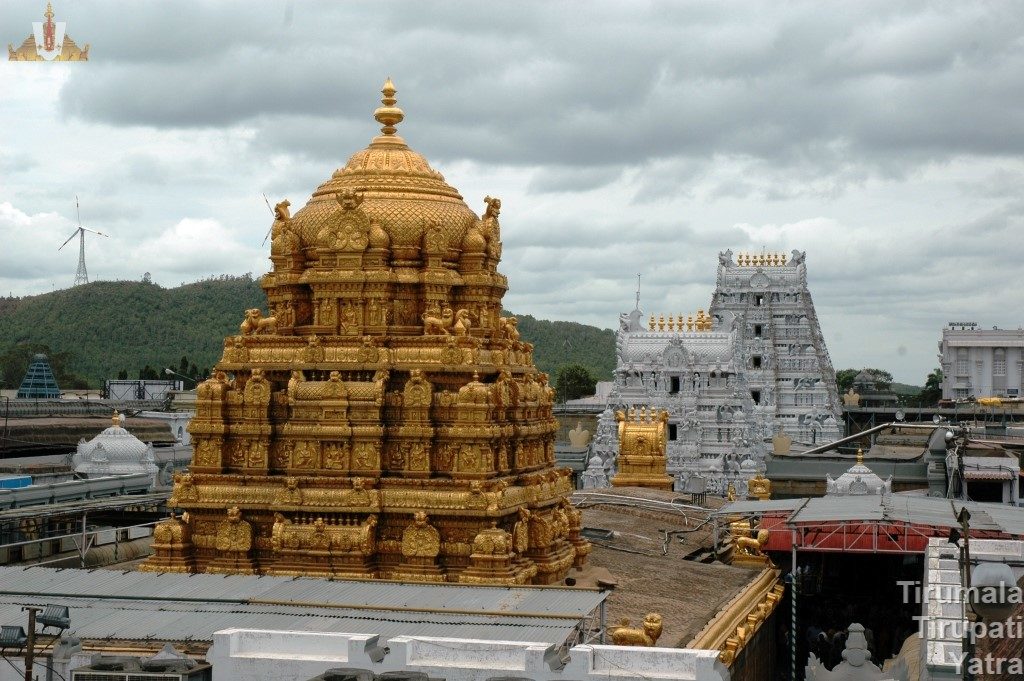Snapana Beram / Sri Ugra Srinivasa Moorthy Sri Ugra Srinivasa Moorthy (Ugra – ferocious) with His two Consorts Sri Devi and Bhoo Devi, as per temple tradition, is also known as Venkatattu Raivar, Snapana Beram, Snapana Moorthy and Achyuta Beram. To Snapana Beram (Bath Image) daily Abhishekams are not offered. These idols – Srinivasa Moorthy, Sri Read More
Tag: Snapana Beram
Sri Ugra Srinivasa Moorthy (Ugra – ferocious) with His two Consorts Sri Devi and Bhoo Devi, as per temple tradition, is also known as Venkatattu Raivar, Snapana Beram, Snapana Moorthy and Achyuta Beram.
Sri Ugra Srinivasa Moorthy
Sri Ugra Srinivasa Moorthy / Snapana Beram Sri Ugra Srinivasa Moorthy (Ugra – ferocious) with His two Consorts Sri Devi and Bhoo Devi, as per temple tradition, is also known as Venkatattu Raivar, Snapana Beram, Snapana Moorthy and Achyuta Beram. To Snapana Beram (Bath Image) daily Abhishekams are not offered. These idols – Srinivasa Moorthy, Read More
5 Idols of Tirupati Balaji – Pancha Berams
Pancha Berams of Tirupati Balaji Lord SRINIVASA is the heavenly Wishing Tree (kalpa taruvu) to those who yearn for Him, gold to those who hold his hand, advance honorarium to those who worship Him, a diamond on hand to those who serve Him, the Ultimate God to those who conceive of Him, fulfiller of desires Read More

